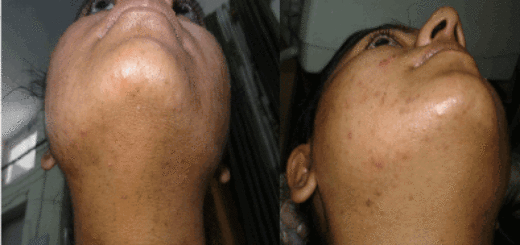Everything you need to Know about Facial Scar
Skin is a seamless organ, like a fine cloth protecting valuable assets. Imagine a piece of silk. Just one small tear can make a big difference in how it looks. And it’s the same with skin. Any burn, injury or other trauma, such as surgery, can cause a scar.
Now a scar isn’t bad if it’s small or in a location that’s easy to conceal. But when it’s not, you may wonder if there’s a way to treat it, other than hiding it under your clothes, that will make it go away or at least change how it looks.

How does Scarring happen?
Scarring is a natural part of the healing process after an injury. Its appearance and its treatment depend on multiple factors.
The depth and size of the wound or cut and the location of the injury matter. So do your age, genes, sex and ethnicity.
What are the Types of Scars?
There are several different types of scars including:

- Keloid scars. These scars are the result of an overly aggressive healing process. They extend beyond the original injury. Over time, a keloid scar may hamper movement. Treatments include surgery to remove the scar, steroid injections, or silicon sheets to flatten the scar. Smaller keloids can be treated using cryotherapy. You can also prevent keloid formation by using pressure treatment or gel pads with silicone when you are injured. Keloid scars are most common among people with dark skin.
- Contracture scars. If your skin has been burned, you may have a contracture scar. These scars tighten skin, which can impair your ability to move. Contracture scars may also go deeper, affecting muscles and nerves.
- Hypertrophic scars. These are raised, red scars that are similar to keloids but do not go beyond the boundary of the injury. Treatments include injections of steroids to reduce inflammation or silicone sheets, which flatten the scar.
- Acne scars. If you’ve had severe acne, you probably have the scars to prove it. There are many types of acne scars, ranging from deep pits to scars that are angular or wavelike in appearance. Treatment options depend on the types of acne scars you have.
Surgical Treatment or Scar Removal Techniques

There are many options to treat deeper scars depending on your particular case. These include skin grafts, excision, dermabrasion, or laser surgery. In a skin graft, the surgeon uses skin from another area of your body. This is often used with people who’ve had burns. If you’ve got scarring that impairs function, surgery can help address the functional problems. If you’ve recently had surgery that has caused scars, it is best to wait at least one year before making a decision about scar treatment. Many scars fade and become less noticeable over time.


